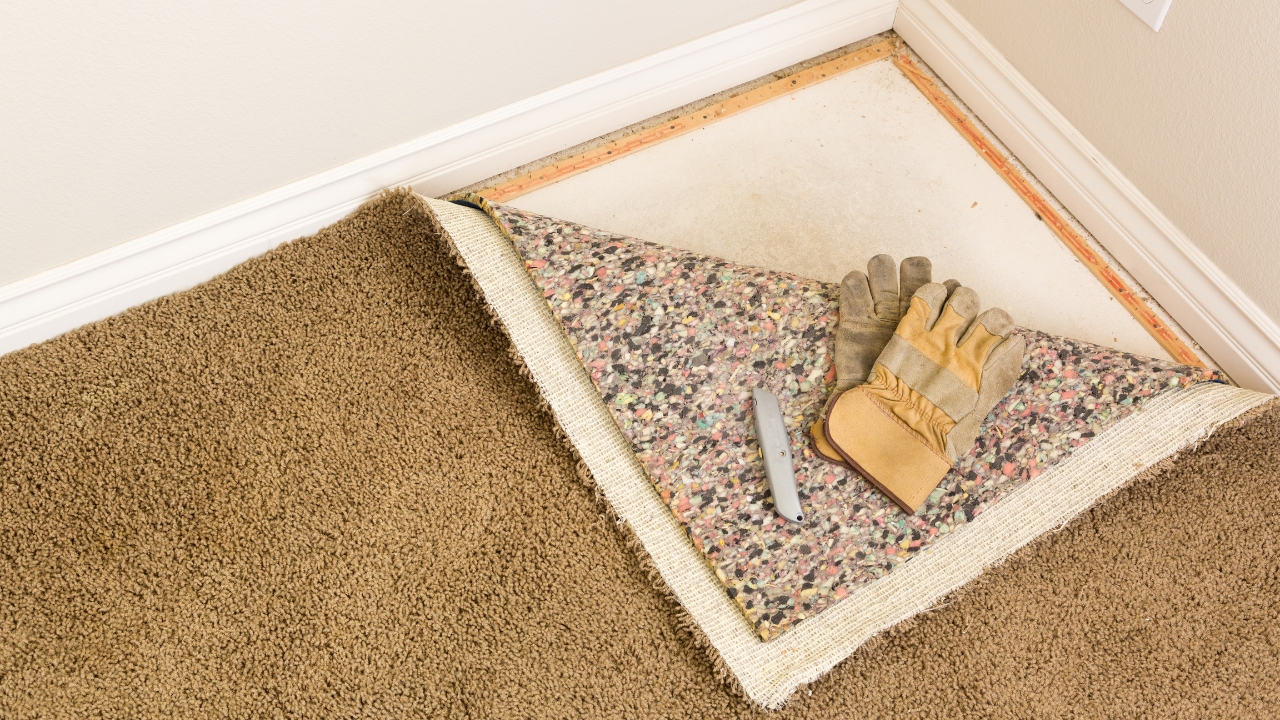10 flooring mistakes that mess with air quality
Your flooring has more to do with indoor air than you might think. From the materials you choose to how you maintain them, flooring can trap dust, release chemicals, or even hold onto moisture. Avoiding common mistakes keeps your home healthier and your family breathing easier.
Choosing Cheap Carpeting

Low-quality carpets often off-gas chemicals.
Beyond that, they trap allergens deep in the fibers. If you want carpet, look for options labeled low-VOC and easy to clean with a HEPA vacuum.
Skipping Area Rugs on Hard Floors

Hardwood and tile still collect dust.
Area rugs help trap allergens in one place so they’re easier to vacuum. Without them, dust and pollen float freely into the air every time you walk.
Not Sealing Concrete Floors
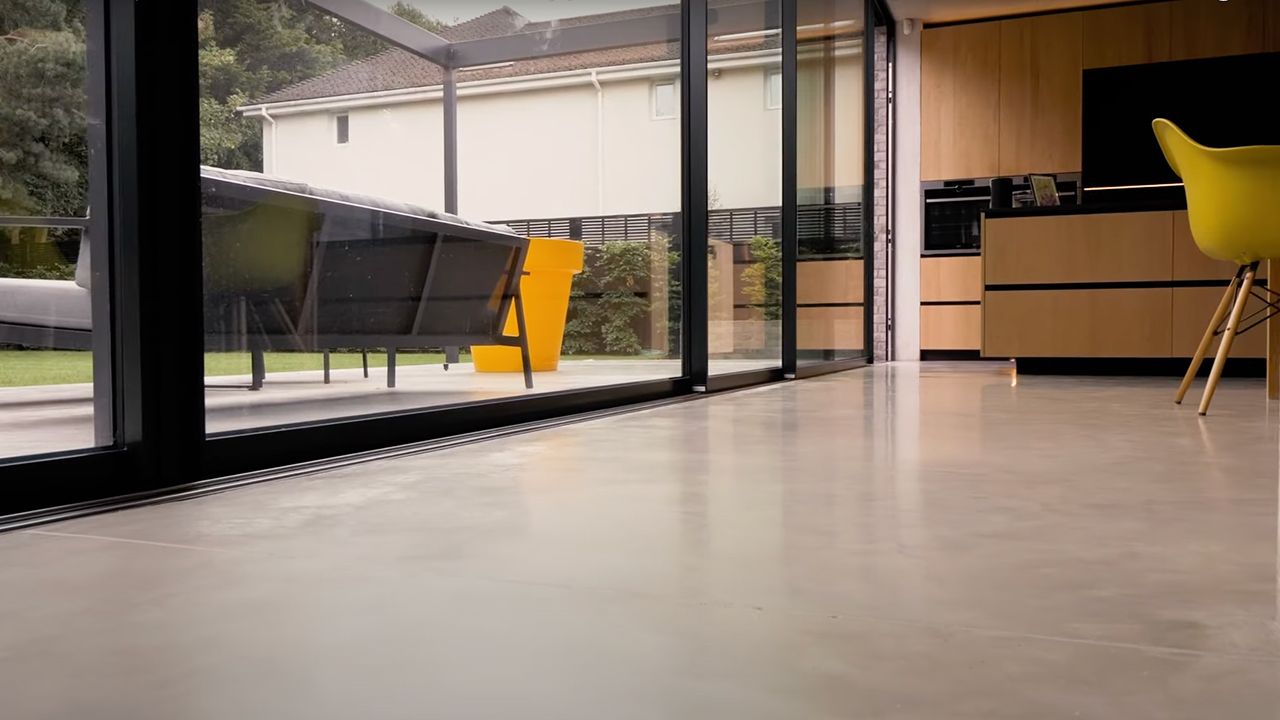
Bare concrete can release dust into the air.
Unsealed concrete sheds fine particles that affect air quality. Applying a sealant keeps dust down and makes cleaning easier.
Letting Carpets Stay Damp
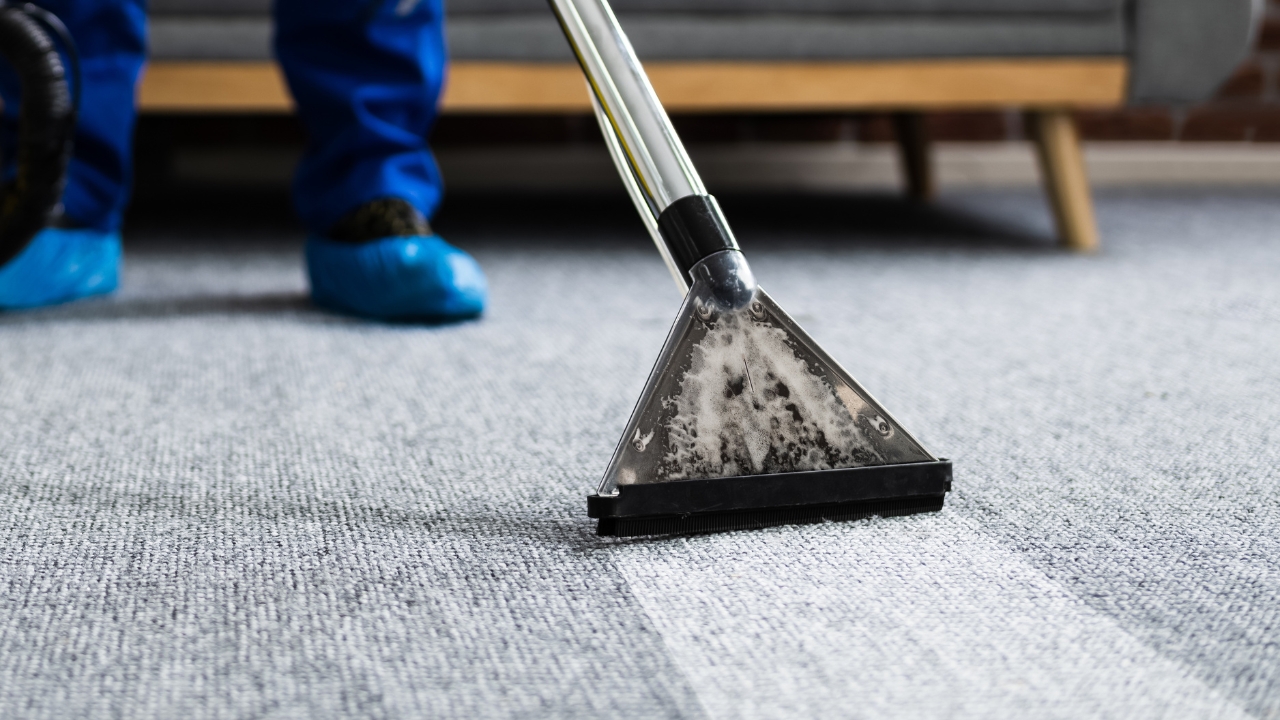
Moisture and carpet don’t mix.
Spills or steam cleaning that leaves carpets wet create a breeding ground for mold. Always dry carpets thoroughly with fans or a dehumidifier.
Using Strong Chemical Cleaners

Harsh floor cleaners release fumes that linger.
Those VOCs affect air quality long after cleaning. Switching to low-VOC or natural cleaners helps keep indoor air safer.
Skipping Regular Mopping
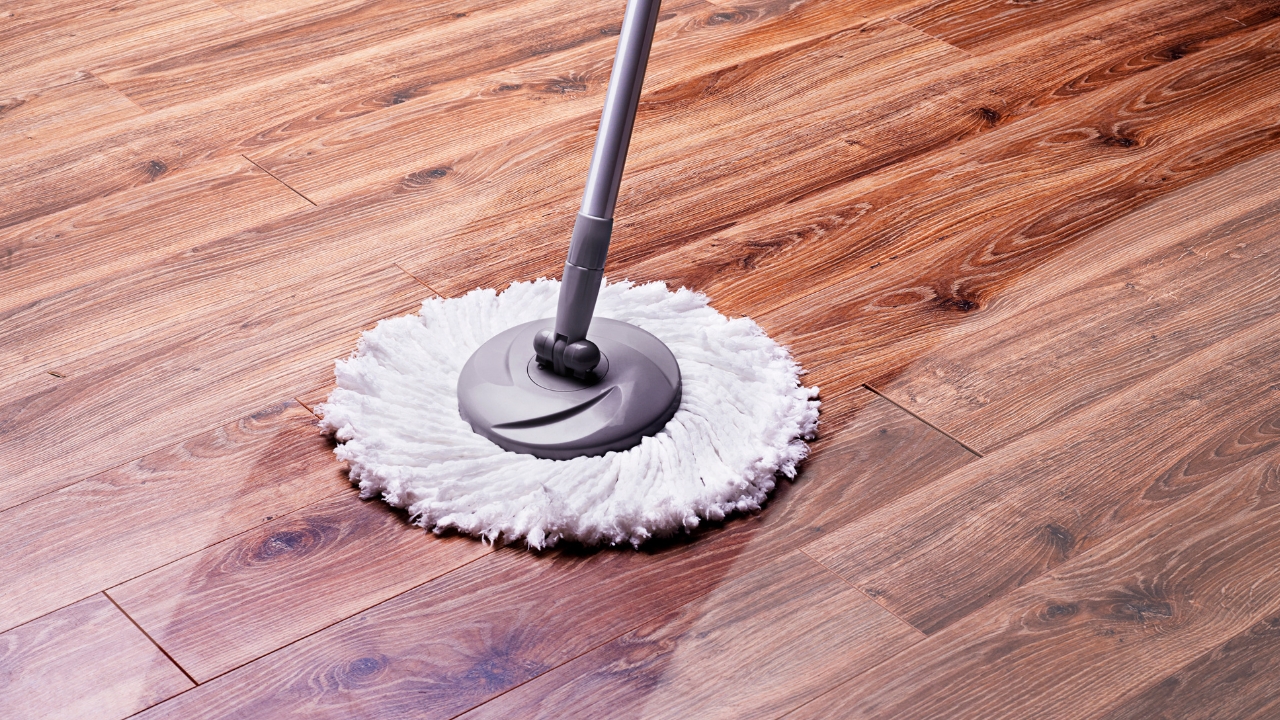
Dust builds up on hard floors quickly.
If you don’t mop regularly, that buildup gets kicked into the air. A damp mop with plain water often works well without needing harsh chemicals.
Installing Vinyl Without Ventilation
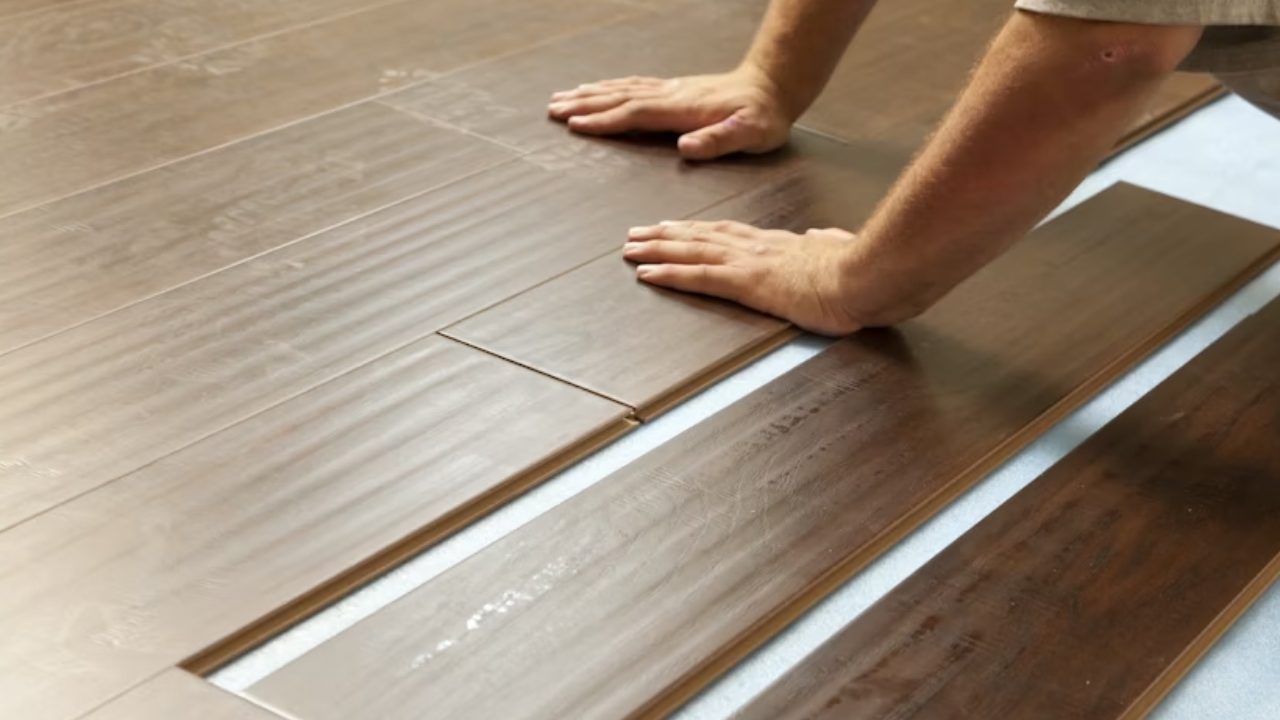
Some vinyl floors off-gas chemicals when new.
Installing them without good ventilation traps fumes inside. Airing out the house helps the smell and chemicals clear faster.
Ignoring Old Carpet Padding
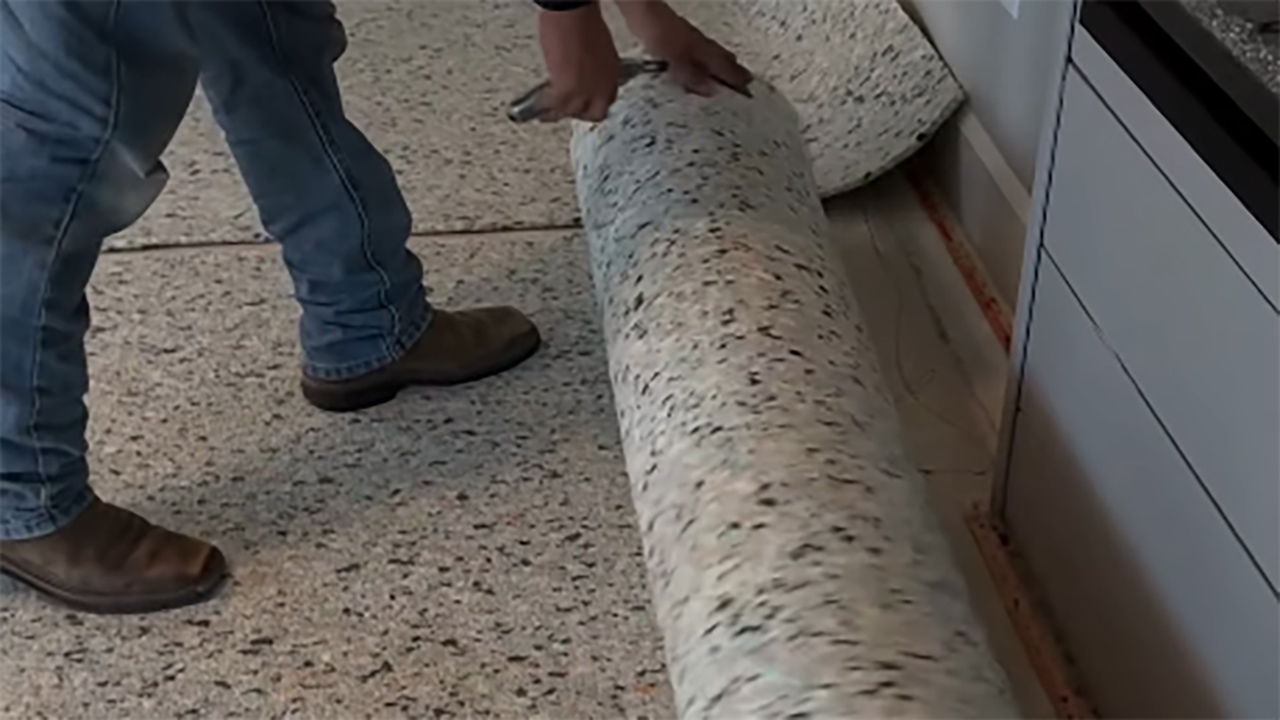
Old padding can hold allergens and mold.
When replacing carpet, don’t reuse the padding underneath. Fresh padding keeps your new carpet from starting off with hidden contaminants.
Forgetting to Vacuum Under Furniture

Dust piles up in spots you don’t see.
Under beds, couches, and cabinets are prime places for allergens to settle. Skipping these areas means your air still suffers even if the rest looks clean.
Not Checking for Asbestos in Old Floors
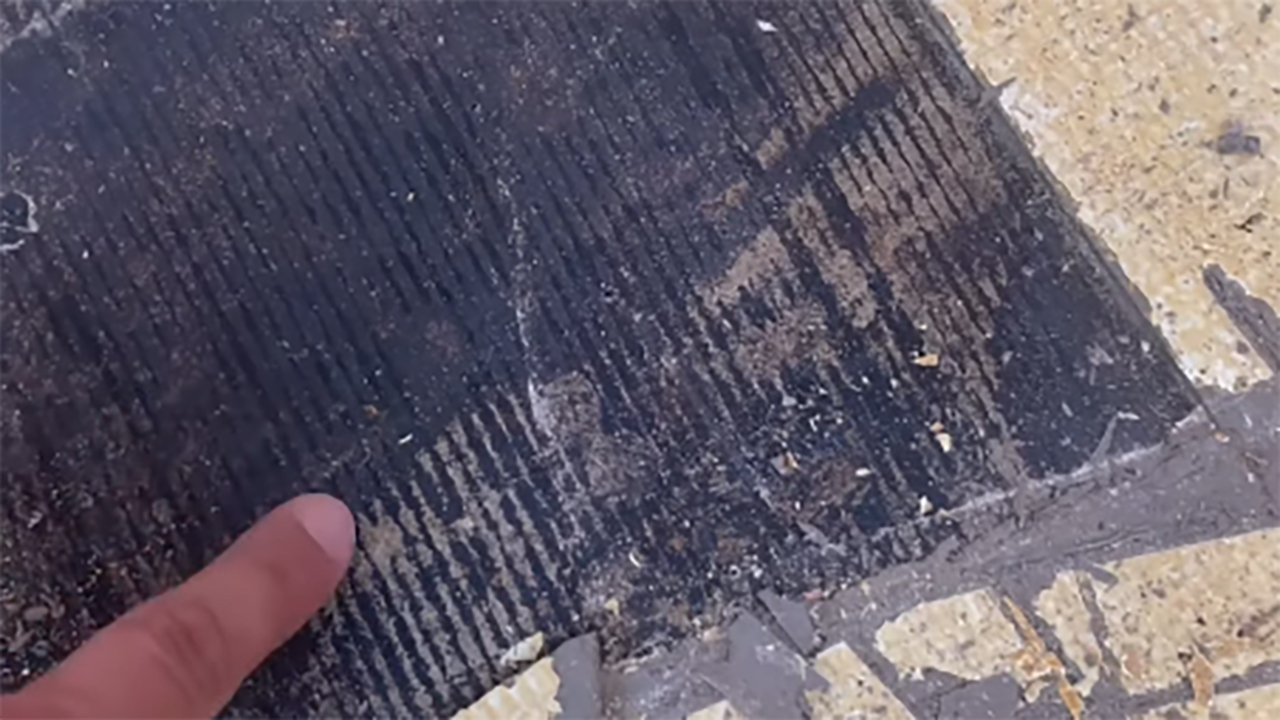
Older vinyl tiles sometimes contained asbestos.
If you disturb them during renovations without testing, fibers can be released into the air. Always test old floors before pulling them up.
*This article was developed with AI-powered tools and has been carefully reviewed by our editors.

